“The obligation to eliminate cannabis in countries with widespread traditional use is a clear example of the colonial background of the UN Convention. It would never pass nowadays.” – Tom Blickman, from the Dutch think-tank Transnational Institute
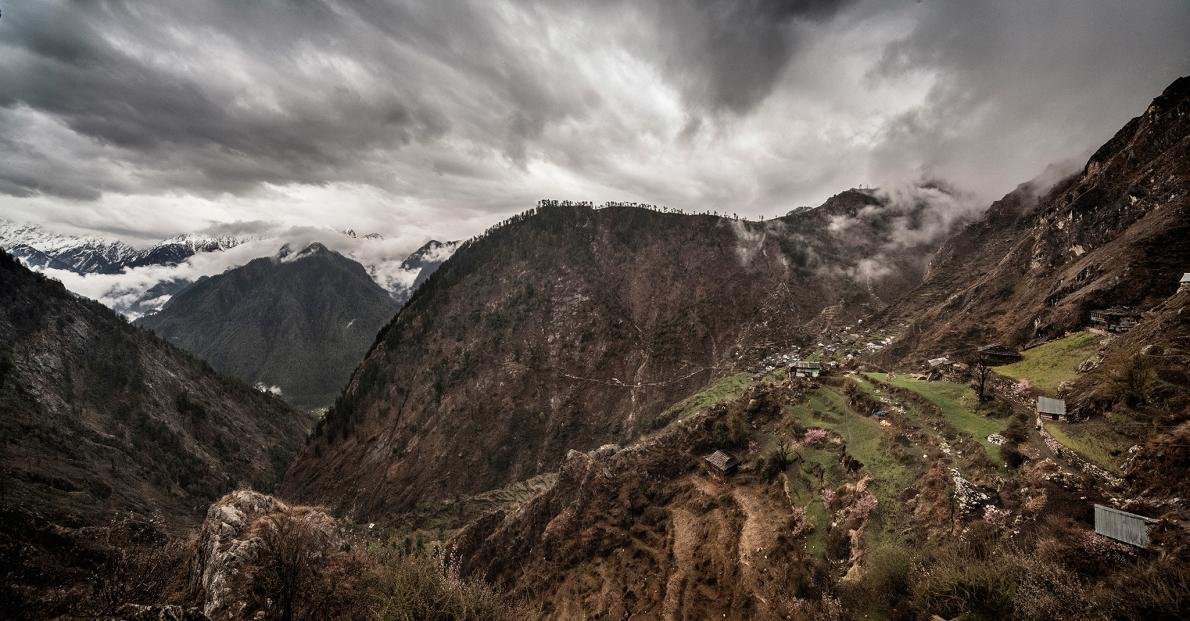
National Geographic recently put out a piece by Italian journalist Maria Tavernini about the dependence of small villages in the Indian Himalayas on cannabis cultivation.
For the people of these high hills, it’s more than a means of income, it’s a historical tradition dating back thousands of years, and photographer Andrea De Franciscis managed to bring out this little-seen world in glorious detail.
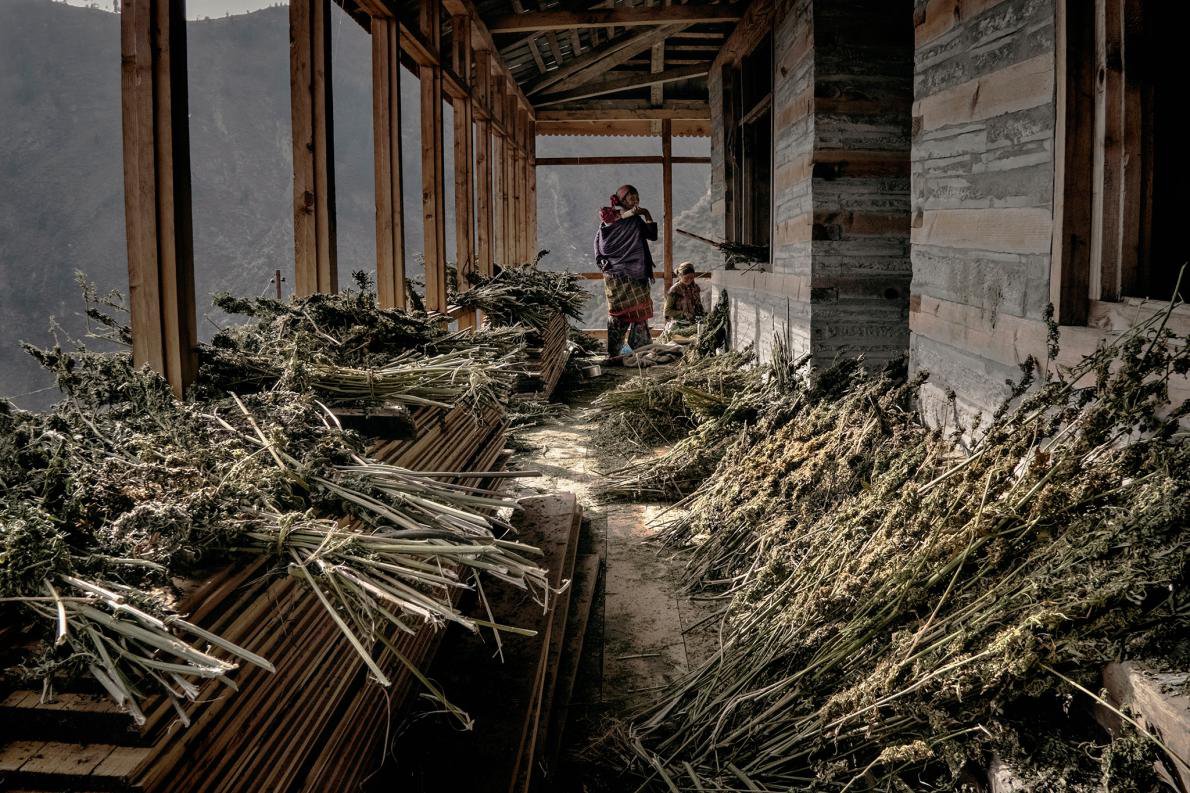
Police show up once in a while to cut plants and destroy fields, but with the plants growing so wild and so widespread, it’s hard to really make a dent in the production.
The destruction of the plants by the cops is also more to keep up appearances than to stem the flow of a plant now widely known to have wrongly been criminalised.
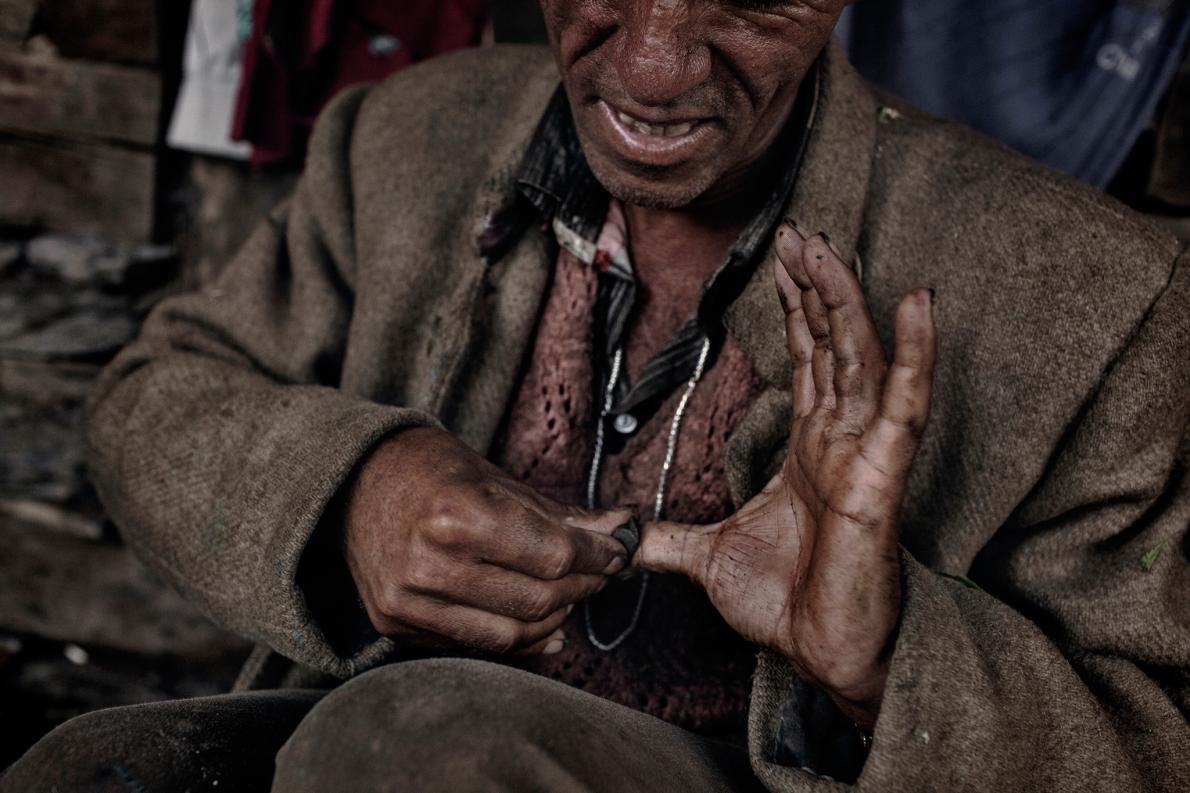
Sativas don’t really grow in India, and the cannabis indica that is produced is converted into hash by slowly rubbing the resin from the plant’s flower off the palm, a process that takes hours and yields little.
50 buds of ganja only produce 10 grams of hashish. The end product however, is considered some of the best in the world.
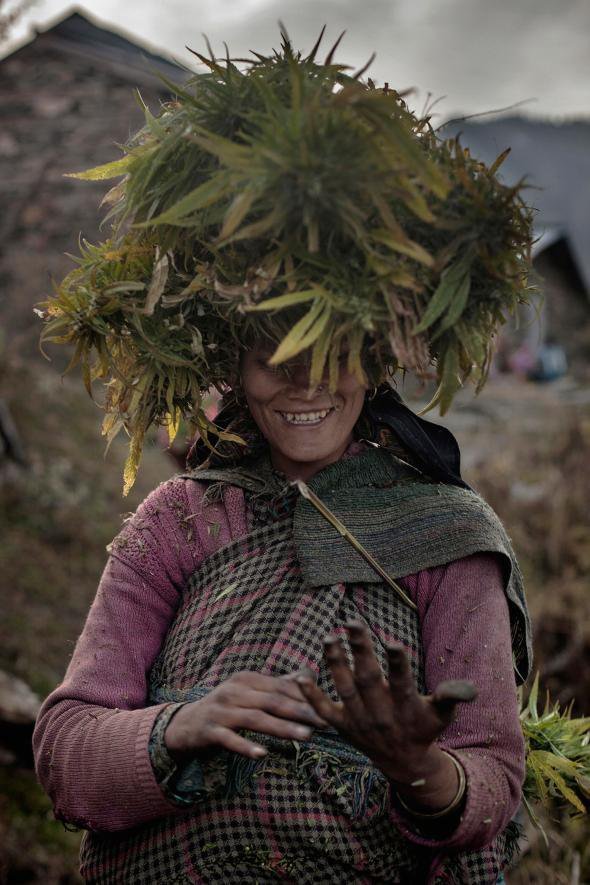
“Because cannabis is a native plant, it can be difficult for police to trace producers, who keep moving their fields higher to escape raids. Thousands of families in the region survive on charas production. Farmers sell the resin to foreigners, but also to Indians from big cities.”
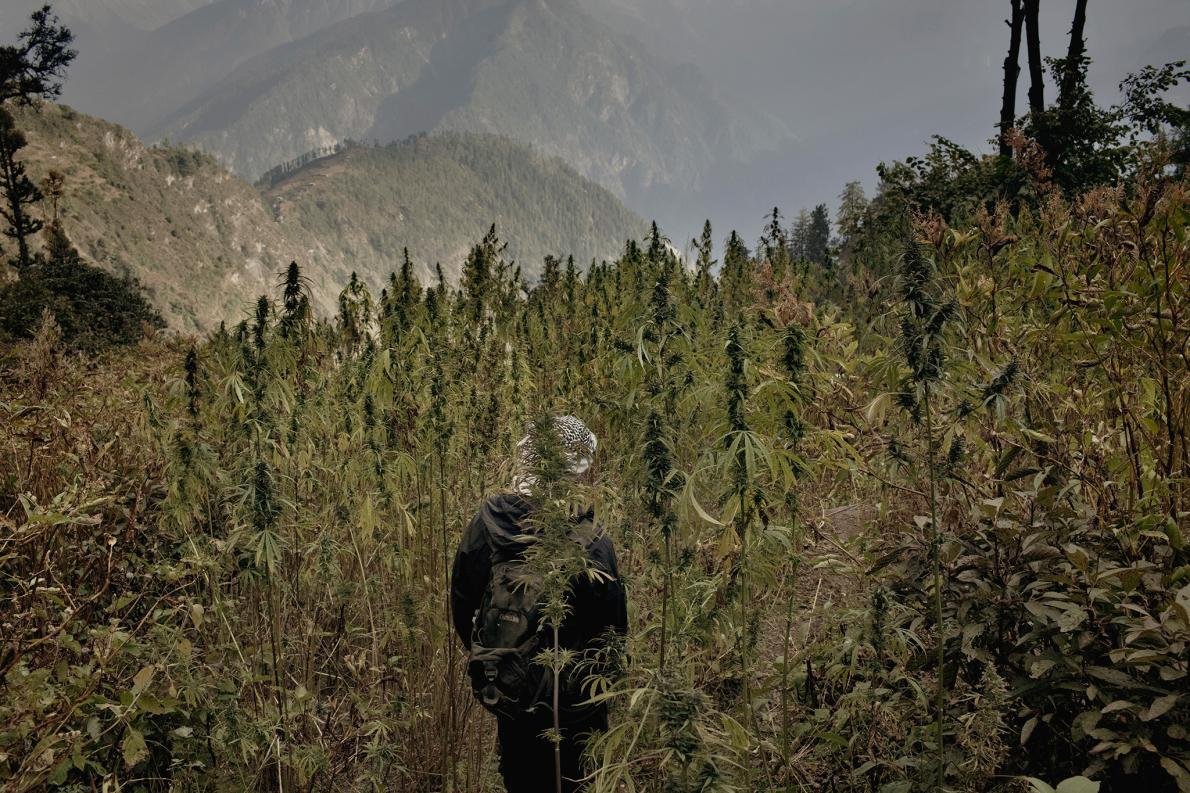
Extreme weather conditions, little government care or assistance, and barely any other career options has made cannabis cultivation a necessity for the people of these Himalayan villages, who have their own norms, traditions and distinct way of life.
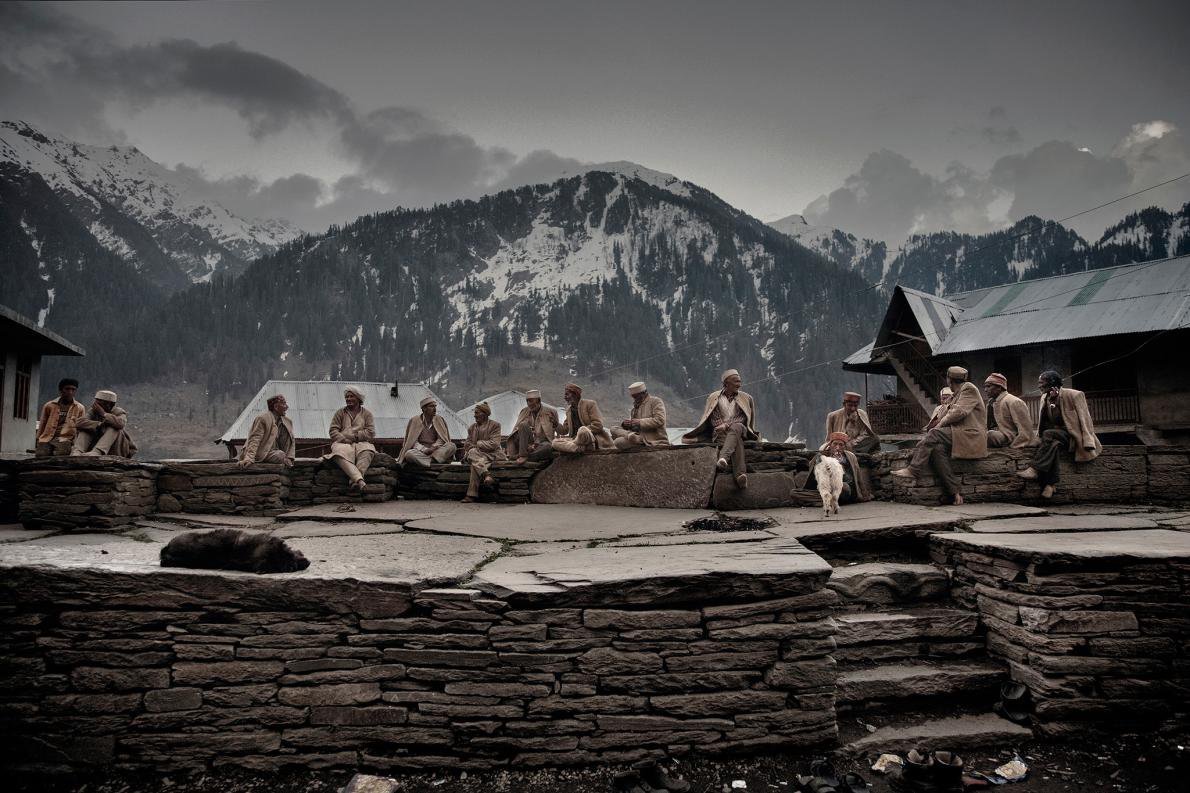
India signed the UN Single Convention on Narcotic Drugs in 1961, due to international pressure, and cannabis was made illegal in the country in 1985.

















